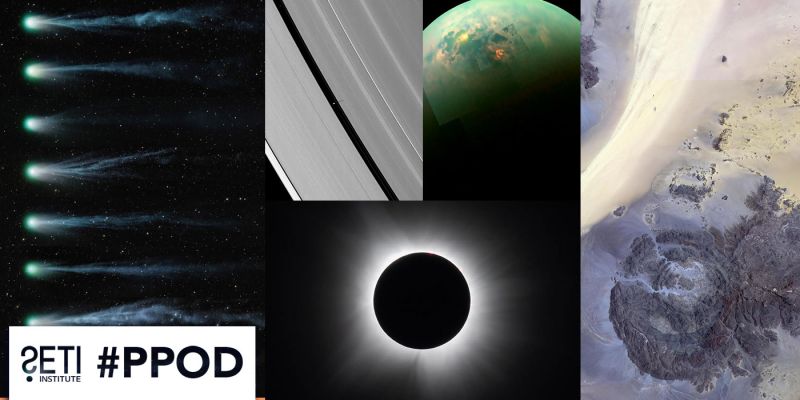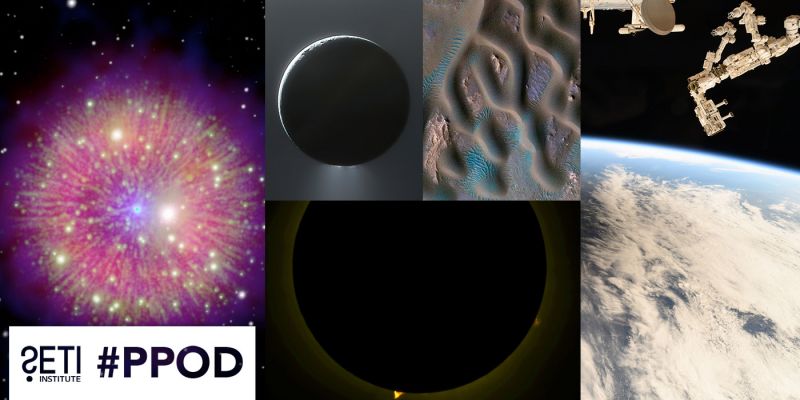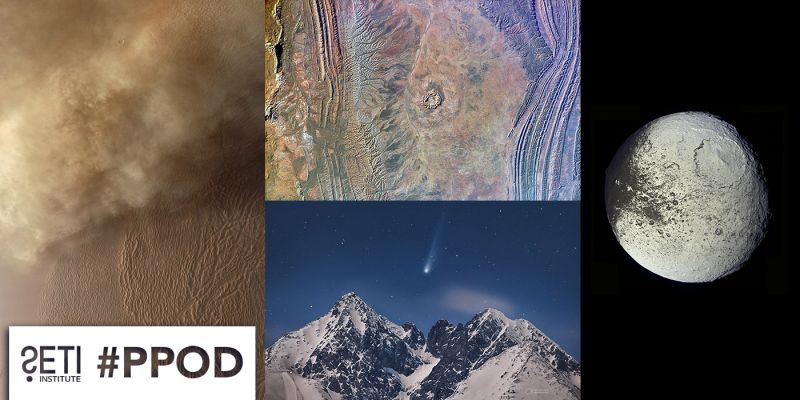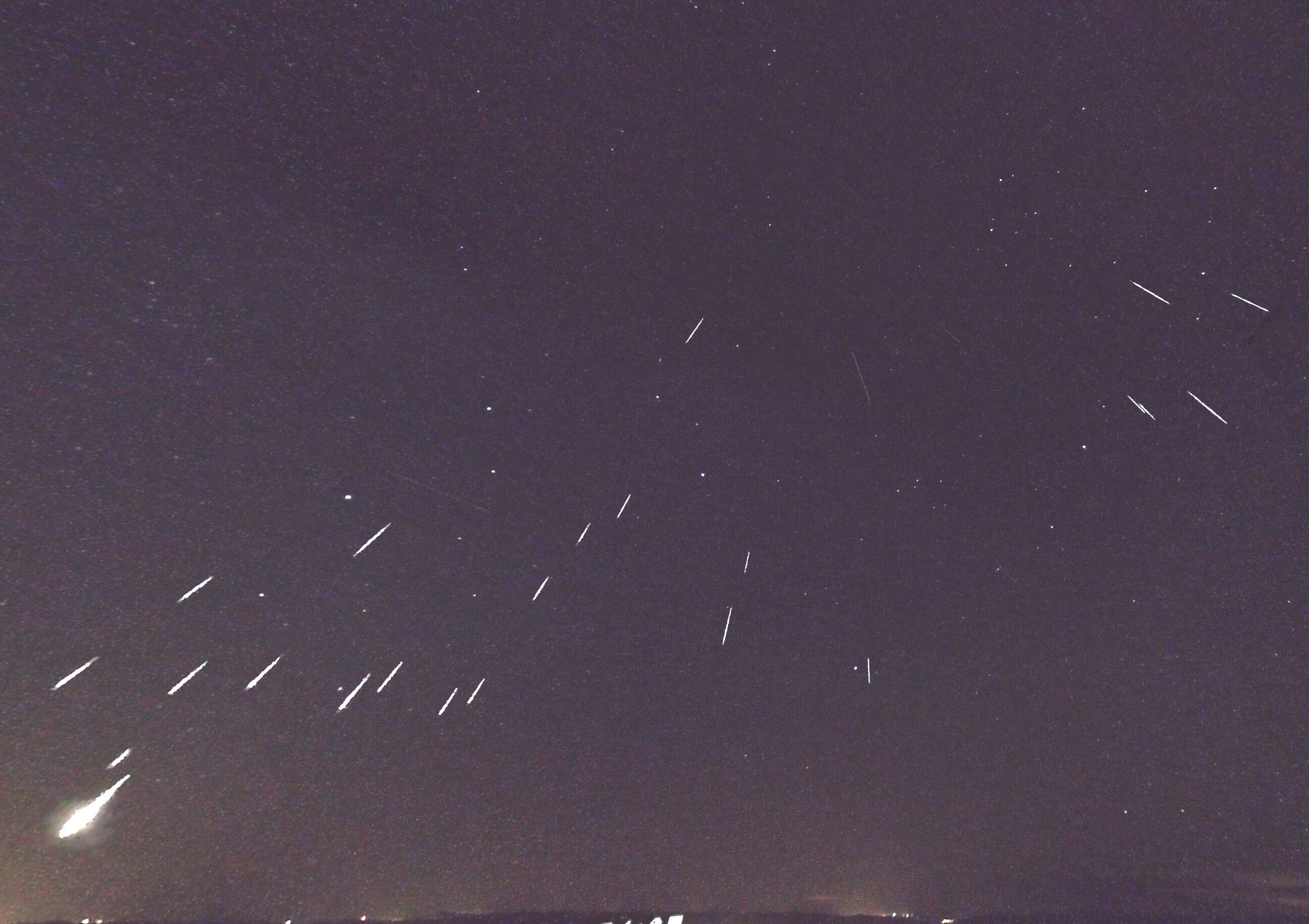
March 21, 2024, Mountain View, CA -- The dust of comets fills the space between the planets, collectively called the zodiacal cloud. Still, severe breakdown has reduced that dust in size so much that it now scatters sunlight efficiently, causing the faint glow in the night sky known as the "zodiacal light."
It was long thought that high-speed collisions pulverized the comet ejecta, but now a 45-member team of researchers reports, in a paper published online in the journal Icarus this week, that heat is to blame.
“Comets eject most debris as large sand-grain to pebble-sized particles, called meteoroids, that move in meteoroid streams and cause the visible meteors in our meteor showers,” says Dr. Peter Jenniskens, meteor astronomer at the SETI Institute. “In contrast, the zodiacal cloud is mostly composed of particles the size of tobacco smoke that even radars have difficulty detecting as meteors.”
Why do pebbles pulverize after they leave the comet?
“Meteor showers show us this loss of pebbles over time, because older showers tend to contain fewer bright meteors than young showers,” said Jenniskens. “We set out to investigate what is responsible.”
Jenniskens leads a NASA-sponsored global network called “CAMS” that monitors the night sky for meteors with low-light video security cameras. Most co-authors on the paper are the researchers and citizen scientists who built and operate the 15 CAMS camera networks in ten countries.
“We developed software that detects meteors in videos recorded from different locations and then triangulates their trajectory in the atmosphere,” said detection specialist Peter S. Gural. “Meteors arriving from the same direction each day belong to a meteor shower.”
Nightly maps showing from what direction those meteors arrive at Earth are at the website: https://meteorshowers.seti.org. After 13 years of observations, the combined maps were recently published as a book, “Atlas of Earth’s Meteor Showers”, an encyclopedia of information on each known meteor shower.
“As part of this work, we determined the age of meteor showers from how much they had dispersed,” says Stuart Pilorz of the SETI Institute, “and then examined how rapidly they were losing their large meteoroids compared to the smaller ones.”
To investigate what is responsible, the team examined of how close those streams came to the Sun. If collisions were to blame, then the pebbles were expected to be destroyed faster directly proportionally to their proximity to the Sun.
“Because there is more comet dust closer to the Sun, we had expected collisions there would pulverize the pebbles that much faster,” says Jenniskens. “Instead, we found that the pebbles survived better than expected.”
The research team concluded that, instead, the pebbles are destroyed proportional to the peak temperature they reach along their orbit. Thermal stresses are likely to blame for breaking up the large meteoroids near Earth, and all the way to the orbit of Mercury, while deep inside the orbit of Mercury the particles are heated so much that they fall apart from losing material.
“Here at Earth, we sometimes see that process in action when in a short time of say 10 seconds we detect ten or twenty meteors in part of the sky, a meteor cluster, the result of a meteoroid having fallen apart by thermal stresses just before entering Earth’s atmosphere,” says Jenniskens.
Manuscript online at: https://authors.elsevier.com/sd/article/S0019-1035(24)00093-9
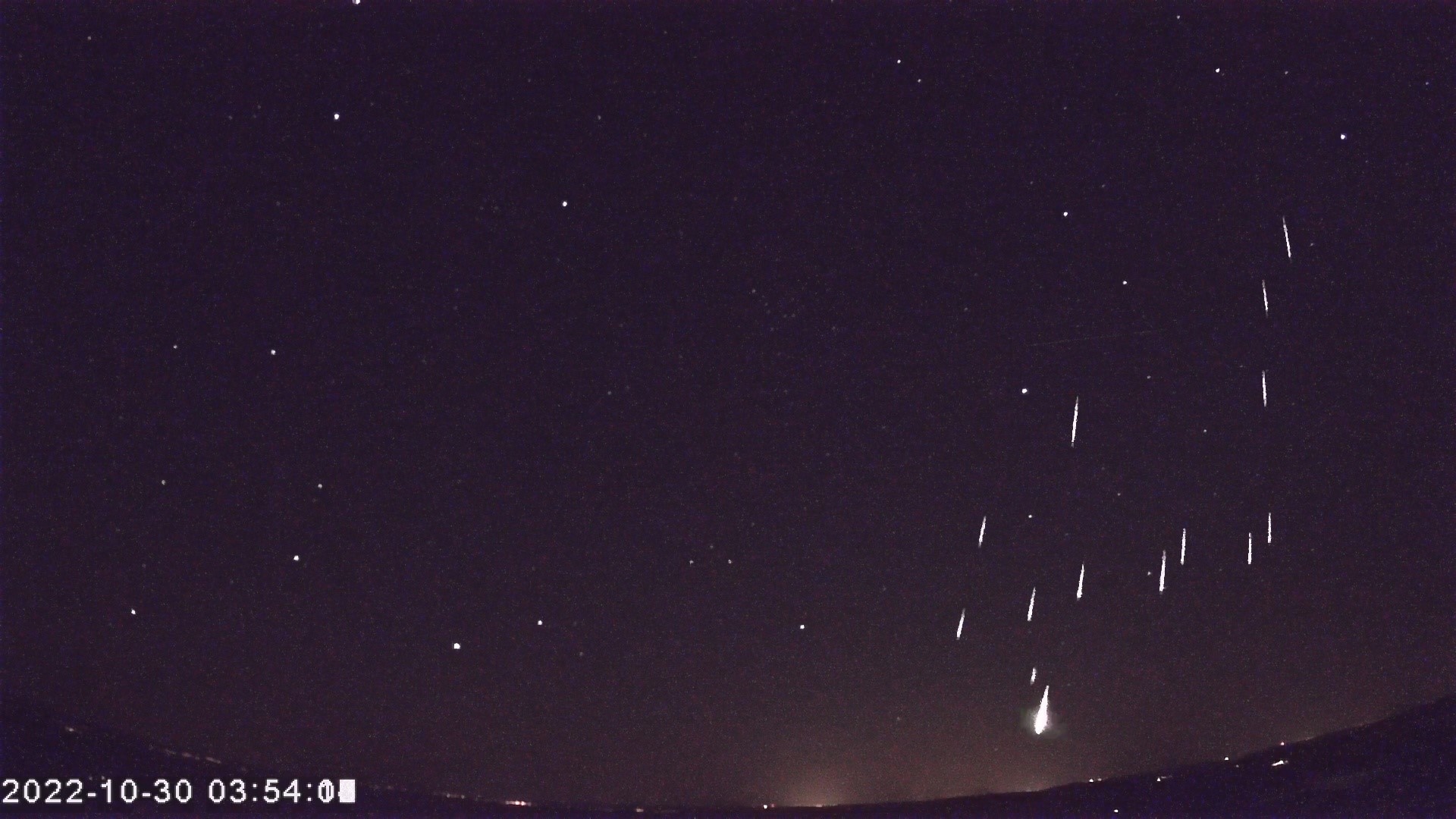
About the SETI Institute
Founded in 1984, the SETI Institute is a non-profit, multi-disciplinary research and education organization whose mission is to lead humanity’s quest to understand the origins and prevalence of life and intelligence in the Universe and to share that knowledge with the world. Our research encompasses the physical and biological sciences and leverages expertise in data analytics, machine learning and advanced signal detection technologies. The SETI Institute is a distinguished research partner for industry, academia and government agencies, including NASA and NSF.
Contact information
Rebecca McDonald
Director of Communications
SETI Institute
rmcdonald@seti.org

